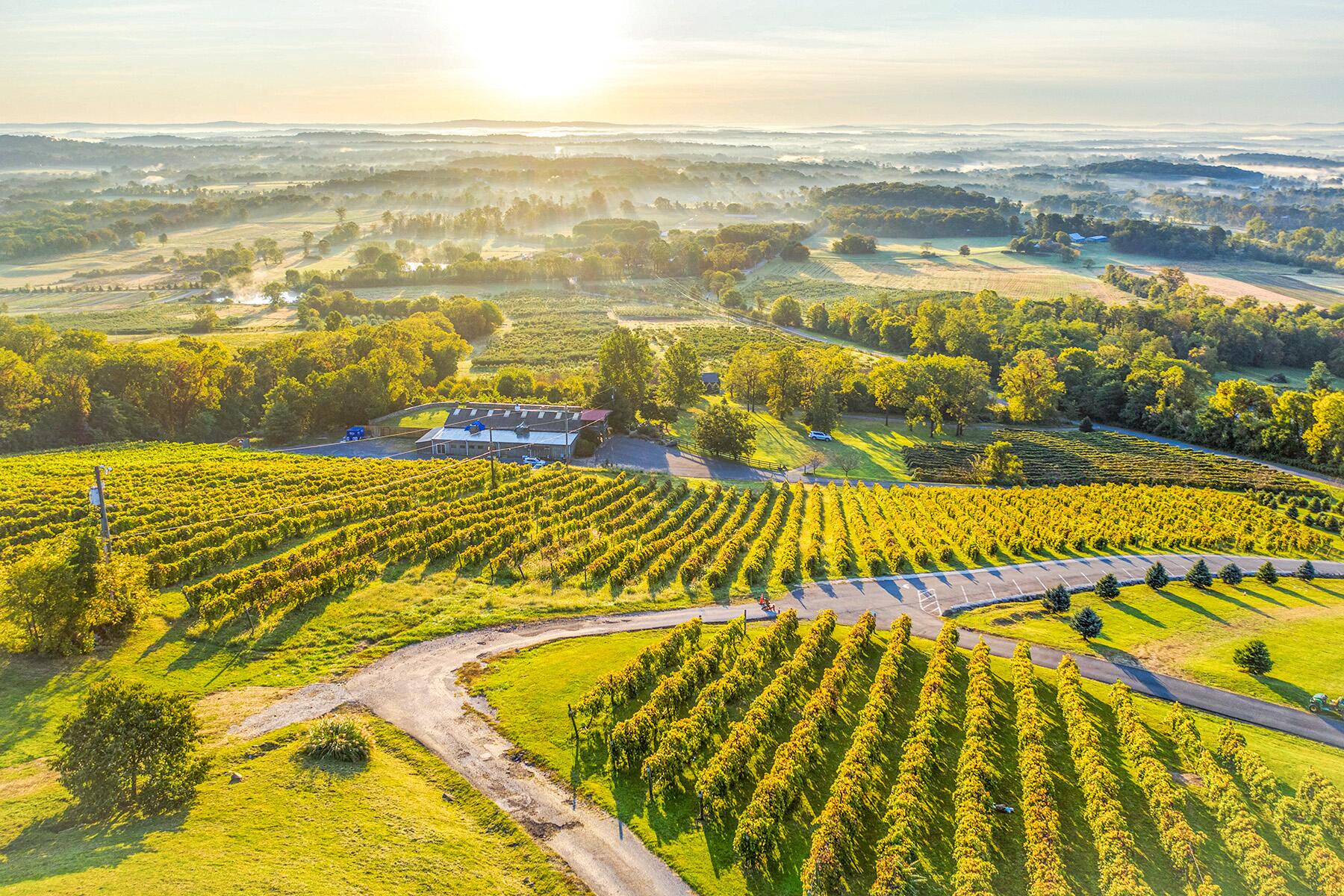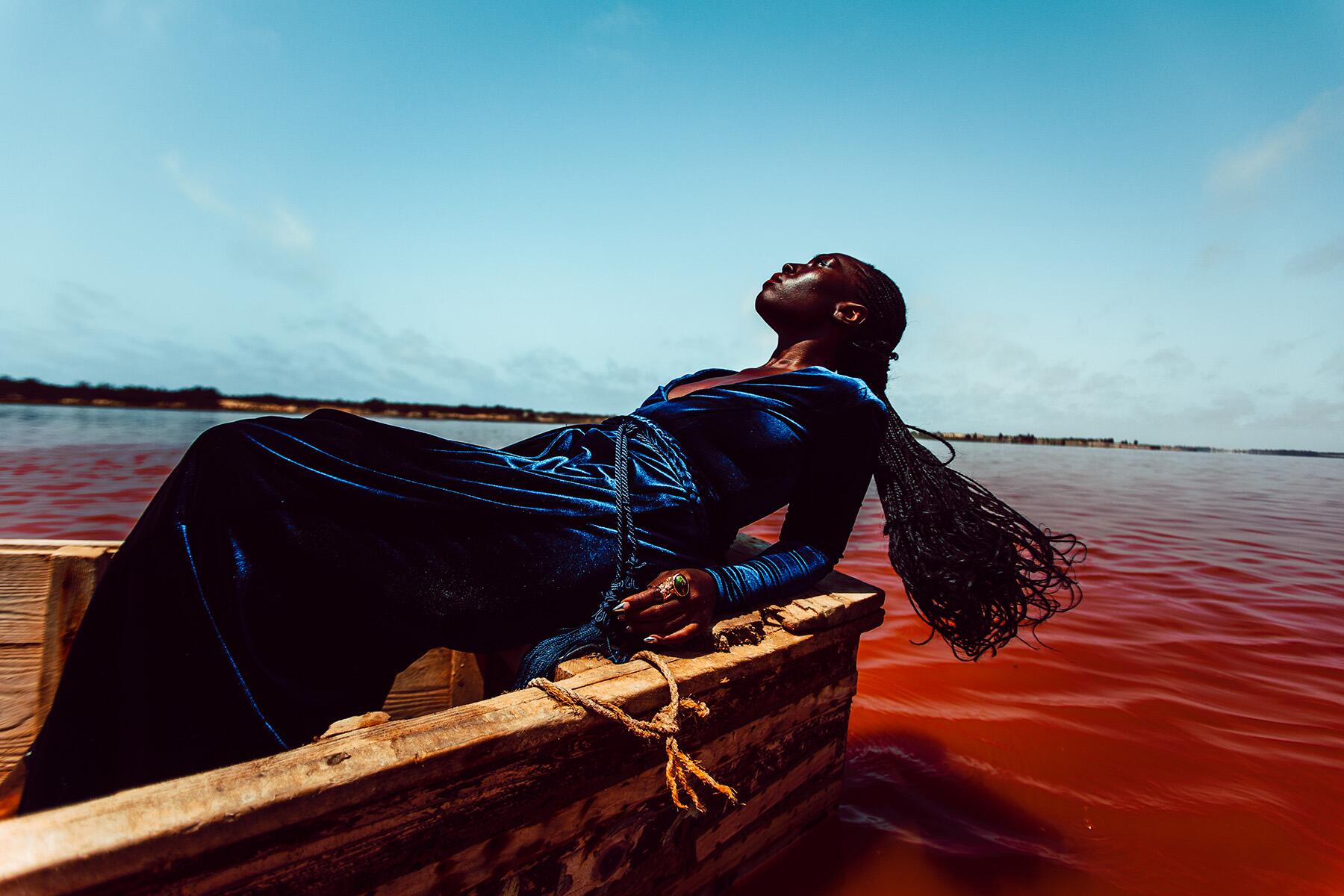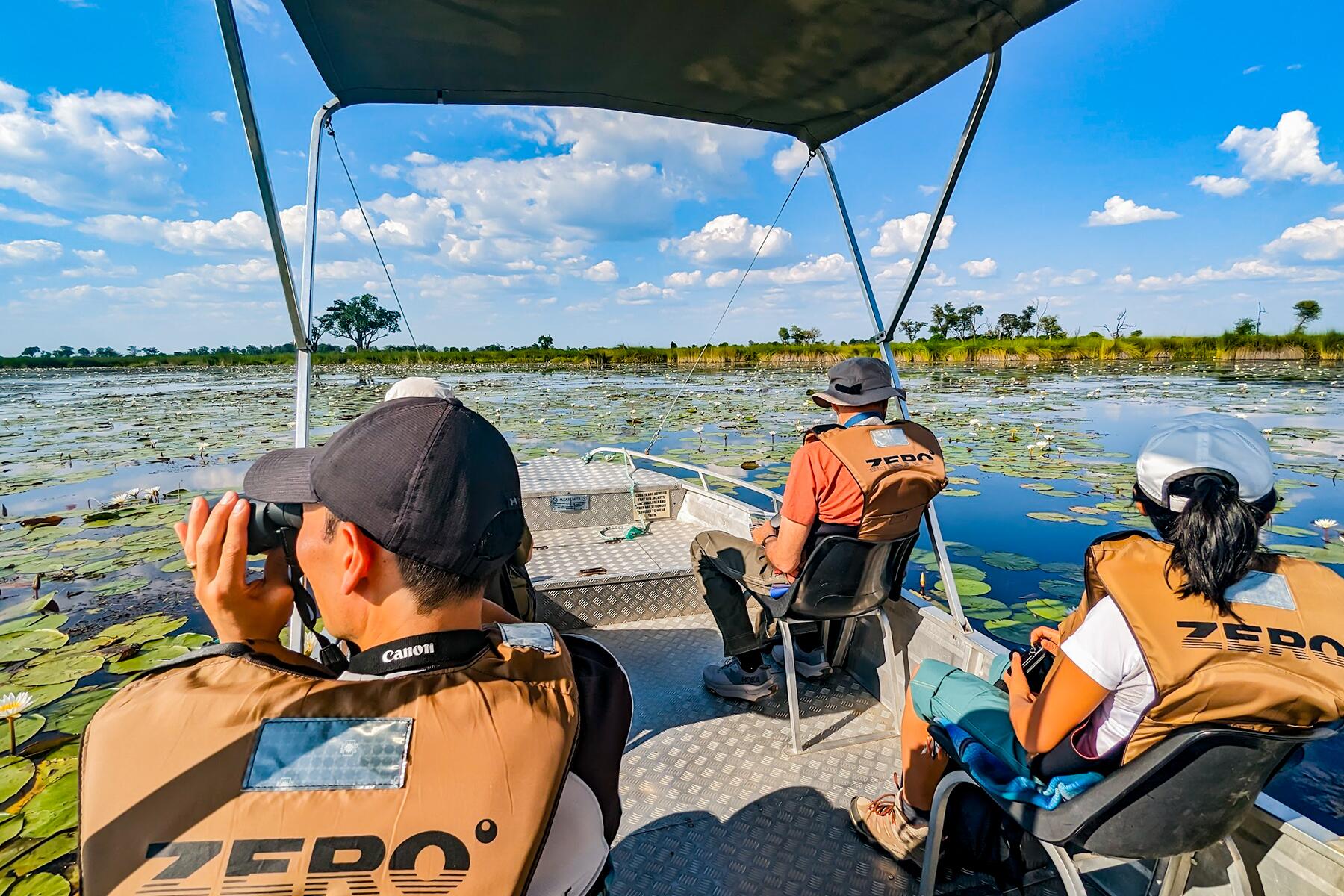How to see thousands of wildebeests, zebra, and antelope during this summer's great migration.
The great wildebeest migration—when more than 1 million wildebeest and hundreds of thousands of zebra and antelope make their yearlong circular journey in search of food, water, and a place to breed—takes over large swaths of the Masai Mara in Kenya and Tanzania’s Serengeti. Summer is widely considered to be prime viewing time for this incredible experience, thanks to dramatic river crossings involving hungry crocodiles. And while observing the wildlife from a safari truck is all well and good, why not go bigger? Safari companies are thinking outside the lines and offering ways to observe the migrations that are sure to never be forgotten. From hot air balloons floating high above the wilderness to specially outfitted photography trucks that allow people to capture the action to mobile-tented camps that follow the herds, travelers can tick off more than one item on their bucket list.





